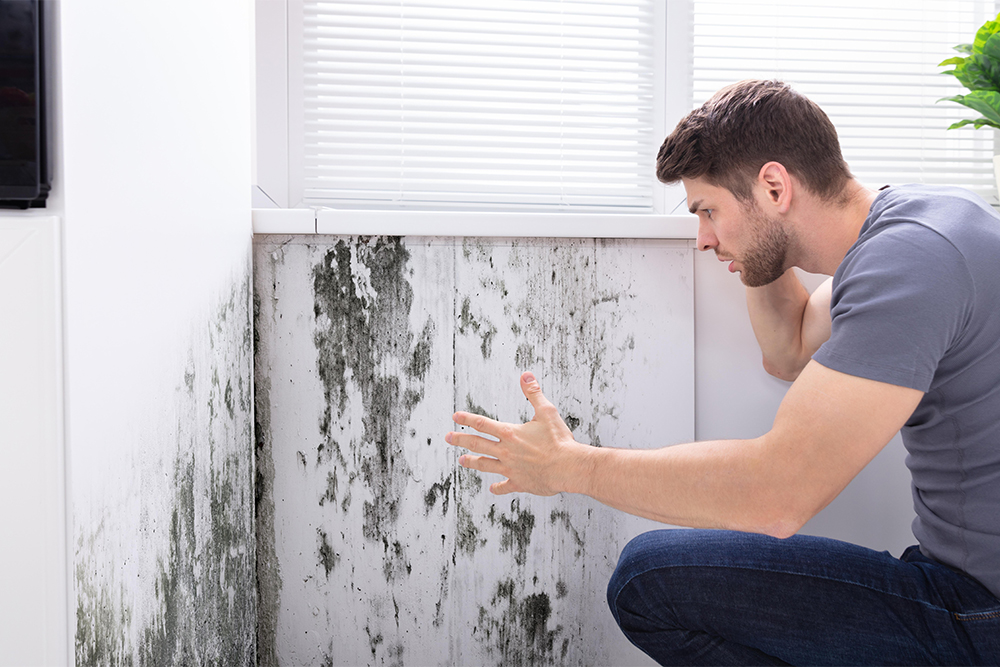 (888) 979-7969
(888) 979-7969
 (888) 979-7969
(888) 979-7969

If you’ve discovered mold in your home, you might be wondering whether your insurance will cover the damage. Mold can wreak havoc on your property and pose significant health risks if left unaddressed. While the insurance claims process can feel overwhelming, understanding mold coverage is critical for safeguarding your property and managing your expenses.
This guide dives into everything you need to know about mold insurance claims, what is typically covered, and actionable steps for handling property claims effectively. We'll also highlight options for assistance in Orlando, FL, if you find yourself needing expert help.
Homeowners insurance often covers mold damage, but this coverage typically applies when the mold results from a covered peril. A "covered peril" refers to specific causes of property damage outlined in your policy. Common covered scenarios include the following:
It’s important to understand the limits of property claims related to mold. Most homeowners' insurance policies exclude damage caused by the following:
Most standard homeowners’ insurance policies cap their coverage for mold. Some insurers offer a mold remediation limit of $1,000 to $10,000. However, this cap can vary, so it’s critical to review your policy or speak with your provider about upgrading your coverage.
If you live in an area prone to frequent water damage events, such as Orlando, Florida, consider asking about mold-specific endorsements to expand your coverage. This add-on can provide increased protection for those unexpected moments when mold becomes more than a minor inconvenience.
Navigating a mold insurance claim can be challenging, but following these steps can help you build a strong case for coverage.
Take clear, high-quality photos or videos of the affected areas. This visual record will provide evidence for your insurer and make your claim more credible.
Prevent the mold from spreading by addressing the source of moisture. For instance, turn off water access to a leaking pipe. Be sure to mitigate damage only as much as your policy allows; extensive efforts without your insurer’s approval could complicate your claim.
Contact your insurance company as soon as possible to report the damage. Be prepared to describe the cause of mold growth and provide your documentation.
Your insurer will likely assign an adjuster to assess your property. Be sure to provide them with copies of supporting documents and clearly communicate your concerns.
Once the insurer provides an estimate, carefully review it to ensure it covers all necessary remediation efforts. If there is a discrepancy, don’t hesitate to negotiate or seek expert assistance.
While insurance can help when the unexpected happens, prevention remains the best strategy for safeguarding your home from mold damage. Here are some tips to reduce the risk of mold growth in your property:
Proactively maintaining your property can save you significant stress, financial trouble, and health risks down the line.
When navigating property claims for mold damage, having an expert guide can make all the difference. Professionals experienced in property claims understand the nuances of insurance policies and can advocate for fair settlements. This is especially true in Orlando, FL, where high humidity levels create a prime environment for mold issues.
Expert services, like those offered by Ultra Property Damage, provide valuable assistance with:
Dealing with mold damage can be stressful, but you don’t have to face it alone. Taking proactive steps to understand your coverage and filing a claim effectively ensures you protect your property and financial investment.
If you’re in Orlando, FL, and need assistance with mold-related property claims, contact Ultra Property Damage today. We’ll guide you through the process, making sure your claim is handled efficiently and with care.